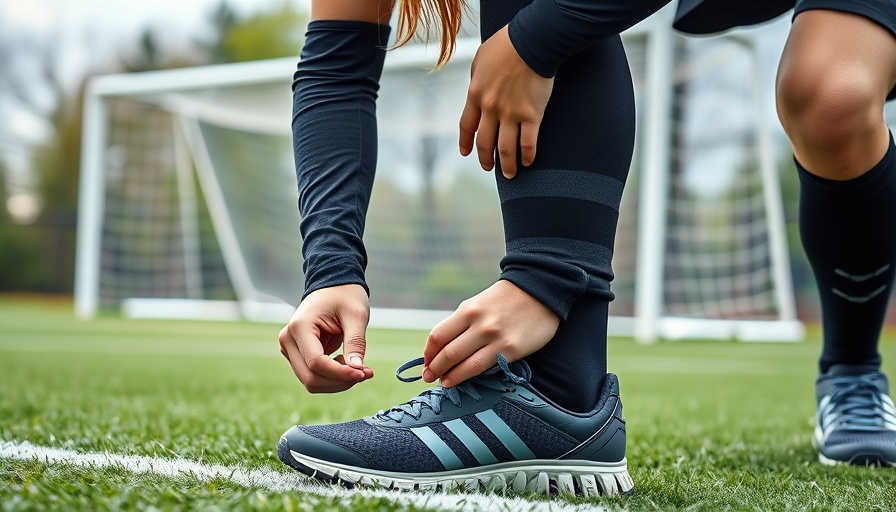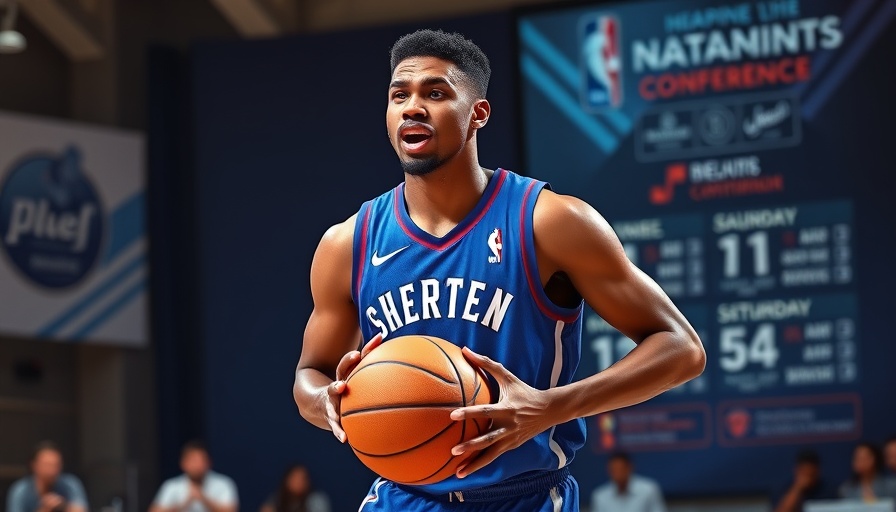
Tips for a Safe and Healthy Return to School Sports
As the back-to-school season approaches, safety in sports begins to take center stage. Dr. Tawakkol from Christus Saint Elizabeth emphasizes the importance of pre-participation sports exams, reminding students and parents to be proactive. "I really stress a lot that they go for the Pre-Testing participation sports exam and try to be proactive for both the athletes and their parents," he notes. Sharing comprehensive health histories, especially concerning past injuries or concussions, is crucial for informed testing and coaching decisions.
Understanding the Injury Landscape
Statistics paint a concerning picture: approximately half a million high school students in the U.S. suffer injuries annually, with 30,000 requiring hospitalization. The majority of these injuries—60 to 70 percent—are sprains and strains, mostly preventable with proper training and precautions. According to Dr. Tawakkol, "The subtle things that people don't realize are that the athletes usually know their bodies the most." This knowledge can be leveraged in martial arts, where awareness can help prevent unnecessary injuries.
The Role of Communication in Injury Prevention
Communication between athletes and their coaches can not only enhance performance but also significantly reduce injury risks. Athletes should be encouraged to voice any discomfort or symptoms they may be experiencing. Dr. Tawakkol warns, "You may be able to play tomorrow, but the next week you're going to be having a lot of pain and you're going to be off for the season." This truth resonates deeply within the martial arts community where preserving long-term health is paramount.
How Martial Arts Can Promote Injury Prevention
In martial arts, injury prevention extends beyond just physical training. Effective combat training safety routines that include flexibility and injury mitigation techniques are essential. Flexibility drills can enhance range of motion, thereby reducing sprain risks during dynamic movements often seen in martial arts. Dr. Tawakkol recommends incorporating these practices into warm-ups: "Stretching and proper hydration is essential for any athlete, including martial artists."
Hydration and Nutrition: Hidden Keys to Athletic Safety
Keeping athletes hydrated cannot be understated when considering safety in sports. Many injuries can be exacerbated by dehydration, leading to muscle cramps and fatigue. Parents should ensure that young martial artists understand the importance of optimal running footwear and balanced nutrition so that they are prepared for rigorous training sessions. Just like any student-athlete, martial artists should be educated on safe workout practices that promote both health and performance.
The Psychological Aspect: Focus and Mindset in Injury Prevention
In addition to physical conditioning, psychological preparedness is critical. Mental focus for martial arts safety helps athletes remain aware of their limits and conditions. Developing strategies for managing stress and enhancing concentration can empower athletes, reducing the likelihood of injuries caused by distractions or underestimating risks during intense training.
Conclusions: Build a Safer Future in Sports
With the return to sports on the horizon, implementing these insights not only promotes safety but also develops responsible athletes. Students and parents alike should adhere to safety protocols and injury risk management and engage in consistent communication that fosters a culture of safety and awareness in the martial arts community.
As families prepare for the upcoming school year, understanding the importance of injury prevention in sports cannot be overstated. For more insights on preventative strategies and techniques, stay tuned for informative workshops that can help mitigate risks and cultivate a healthier sports environment.
 Add Row
Add Row  Add
Add 




Write A Comment